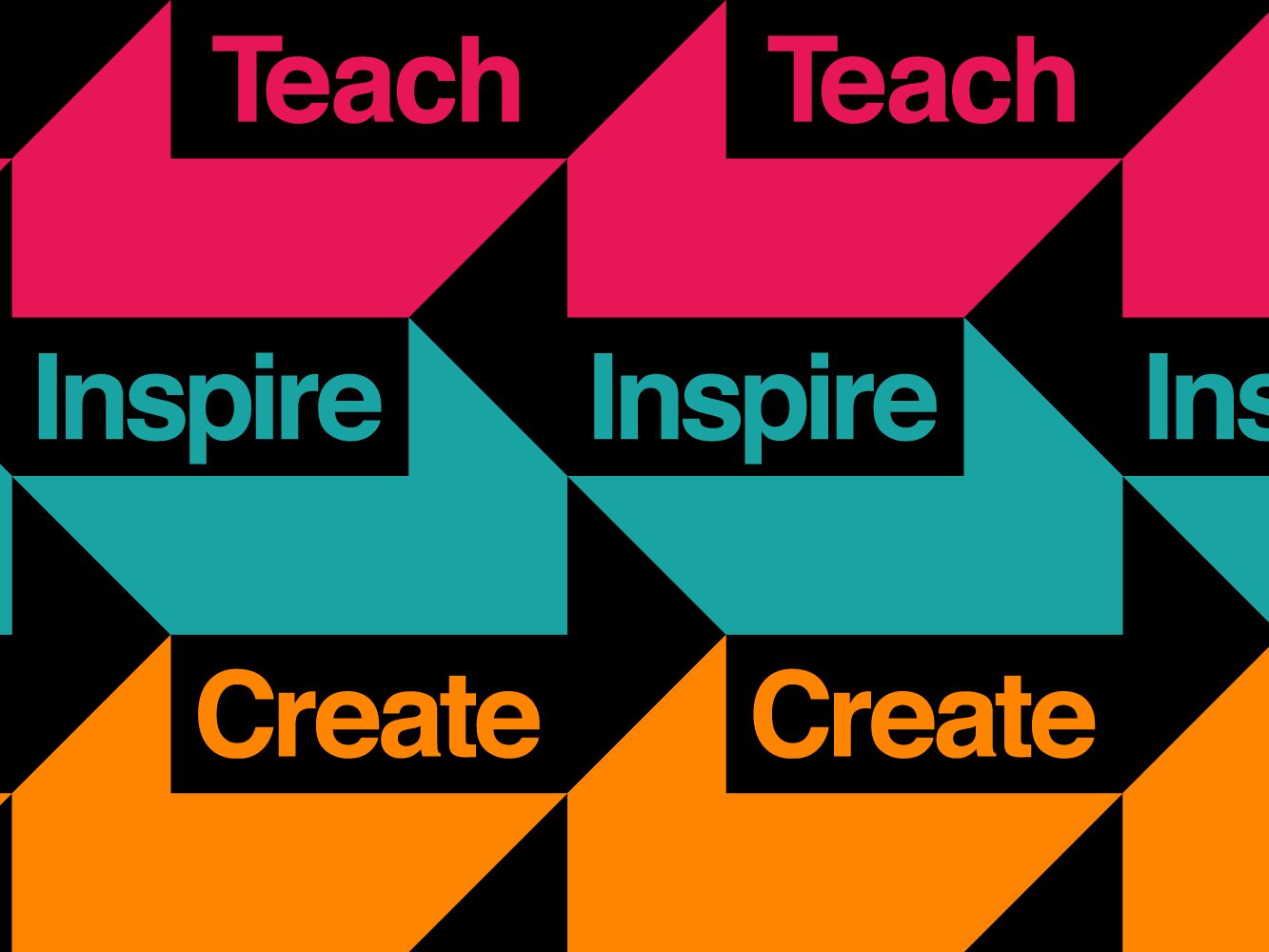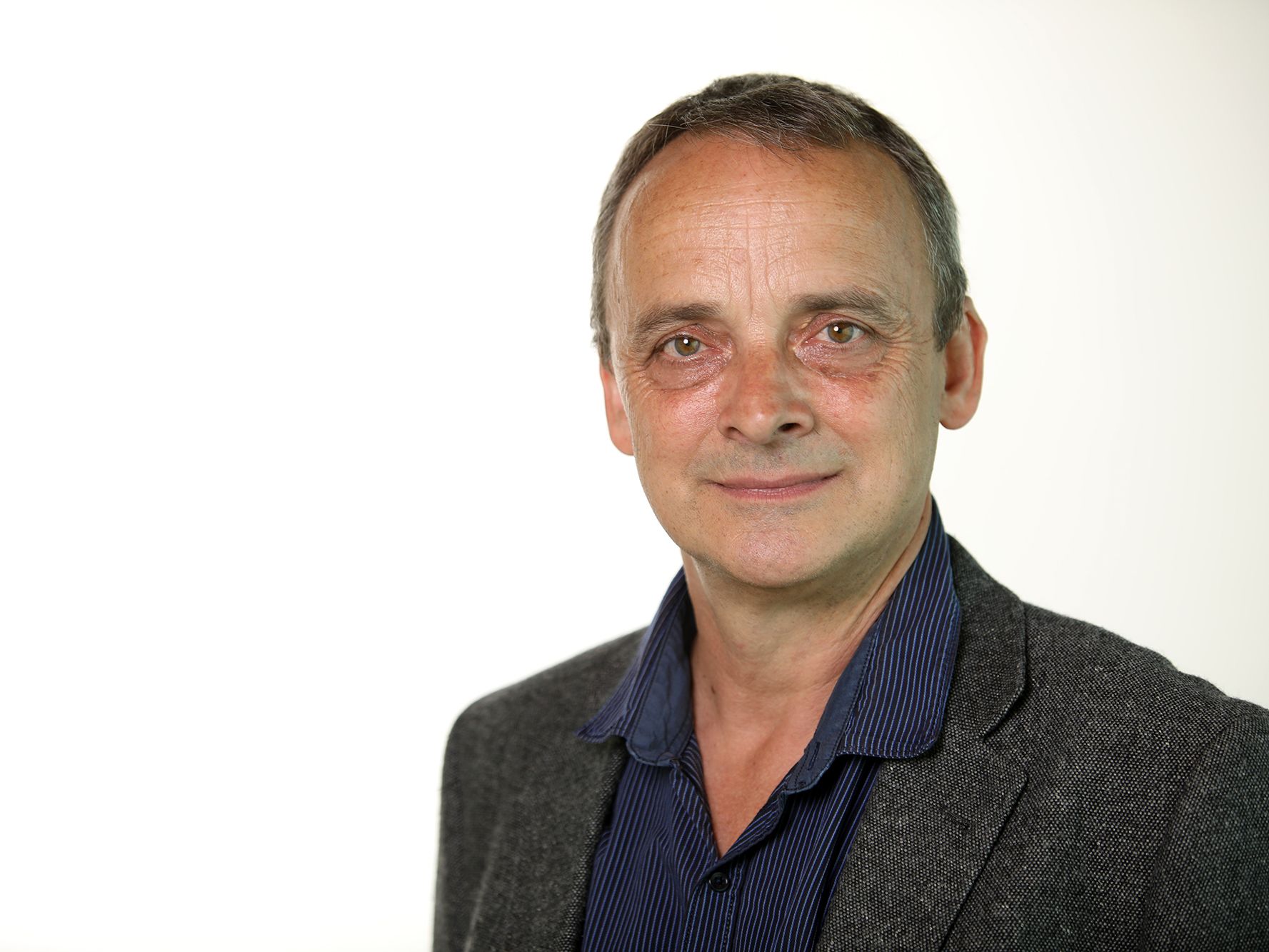In preparation for his Inspire keynote session on 30 April: Embracing the pixel, we asked disabled digital artist, Jason Wilsher-Mills, to tell us more about his journey to adopting digital technologies in his creative practice. What starts out as necessity later becomes the key to unlocking a wealth of creative potential and accessible art. Read on to find out more about his inspiring story.
My journey to embracing the pixel
I am a disabled digital artist from Wakefield in West Yorkshire. I come from a proud working-class background and, as the youngest of 8 children, was the first person in my family to go to university. My earliest memories are of drawing in front of the open coal fire and just getting lost in the act of making art.
As a child, I remember going on holiday to Withernsea on the east coast of Yorkshire with mum and dad and seeing a hand-painted fairground ride with the image of the first Dr Who. It was in this moment in the early 70s that I first realised what art was. Even though I was only about 4 or 5, seeing that simple painting made me understand that art could be about painting things you like, and that you could make something look like something else. Realising that a person had created this artwork was a revolutionary moment for me. Although there wasn’t much money about, mum and dad always made sure I had sketchbooks so that I could draw. I loved drawing and, even before I knew what it meant to be an artist, I would spend most days getting lost in it. Just ‘taking a line for a walk’.
All throughout my childhood I had been healthy. When asked what I wanted to be when I was older by a teacher, I replied “either an artist or play rugby league for Wakefield Trinity”. The rugby league player ambition never panned out for me. At the age of 11, chicken pox attacked my central nervous system, causing me to develop Chronic Polyneuropathy and paralysing me from the neck down for 5 years. In order to deal with this loss of independence, my mum and dad encouraged me to paint, and the hospital SEN school I attended taught me how to paint and draw with my mouth. It was at this time that I started to lose myself in the alternate worlds I created in my sketchbooks, imagining another life where I wasn’t bedbound. I believe it was at this point, as a teenager, that I started to understand how to be an artist.
At 16, I recovered enough to be able to walk and study Fine Art at Cardiff. I was a traditionally trained artist, who revelled in the craft of oil painting. I would often say to my fellow students when studying painting, “I will never *beep-beep* use a computer to paint with.” I am now often reminded about this comment I made in the early 1990s. I felt that technology got in the way of the craft and could never replace painting as the tool through which I made my art.
This all changed when my childhood illness caught up with me in 2004. I was stuck in bed, relying on high doses of morphine to ease my pain and using a wheelchair again. This is when I had what I call my ‘Hagrid moment’, as one of my friends lambasted me and said I should be painting: “You’re an artist Jason! You should be making art”. So, with that, I bought my first iPad and, within 4 months of purchasing it, my life completely changed. In the 11 years since, I have shown my work in San Francisco, the Museum of Islamic Art and in Doha. I have completed commissions for the Houses of Parliament, and in 2020 I was the proud recipient of the Adam Reynolds Award. Due to the lightweight portability of the tablet, I was able to work anywhere, including an operating theatre when I was having an epidural for pain relief.
This experience led me to fully ‘embrace the pixel’ and admit that I had become a digital artist. I was an early adopter of technology out of necessity and because of my disability. However, after I began to accept the possibilities of creating art through digital platforms, I started recognising it as a creative choice, making digital prints and working with augmented reality companies. In addition to this, creative technology companies started approaching me because they saw working with an artist as a way of pushing their platform forward and improving their own practice.
After using digital technology in my own work and understanding its potential, I also began working with groups who were wrongly deemed incapable of using ‘complex’ technology, such as dementia and learning disability groups. As a result of adopting digital technologies in my practice, I was able to give a voice to these groups and communities, using cutting-edge technology to create high-quality sculptures to tell their stories in a truly unique way.
When asked what my work is about I simply respond, “It’s the Beano meets I, Daniel Blake”. No matter how complex and technological my work becomes, I am still that kid, sat in front of the open fire, creating fantastical worlds through art. Even now, it’s still about ‘taking a line for a walk’.
If you want to see more of my work, then please download my free app Jason Residential, through which you can access my virtual gallery. You can also view my work and projects at www.jwmartist.co.uk.












